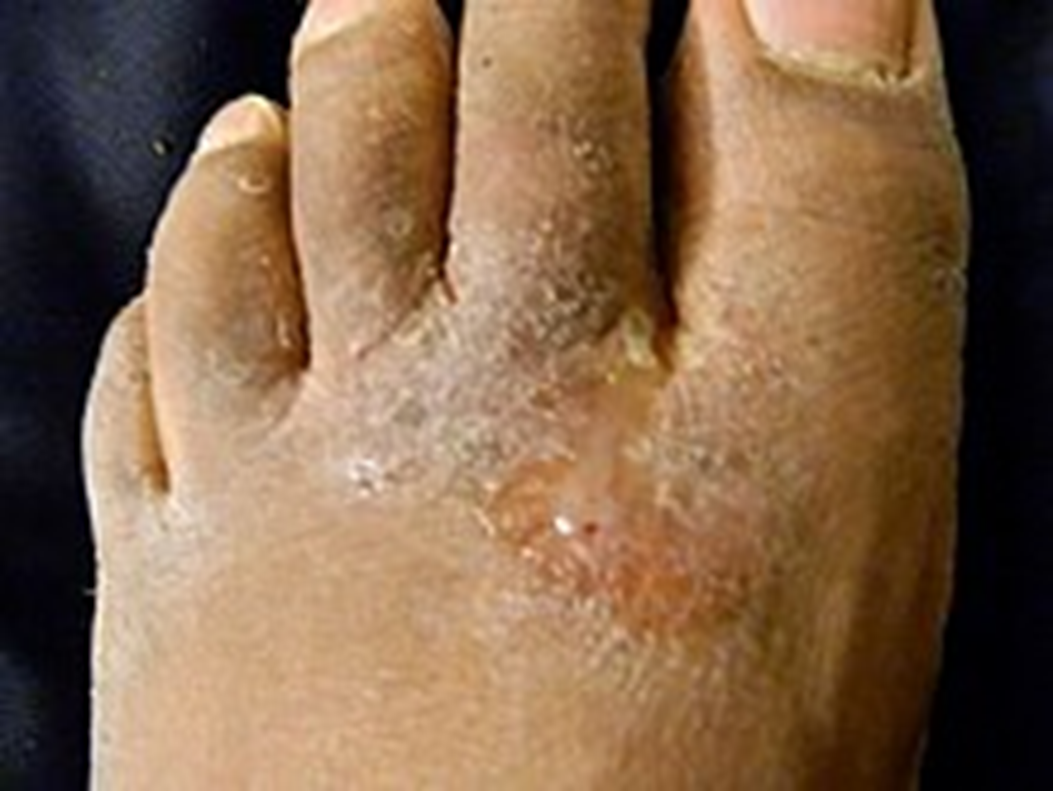A nurse is caring for a toddler who has intussusception.
Which of the following manifestations should the nurse expect?
Mucus and blood in stools.
Increased appetite.
Jaundice.
Drooling.
The Correct Answer is A
Choice A rationale
Mucus and blood in stools, often described as “currant jelly” stools, are a common symptom of intussusception.
Choice B rationale
Increased appetite is not typically associated with intussusception. In fact, children with this condition may experience decreased appetite due to abdominal pain.
Choice C rationale
Jaundice is not a symptom of intussusception. Jaundice, a yellowing of the skin and eyes, is more commonly associated with liver conditions.
Choice D rationale
Drooling is not a typical symptom of intussusception. Symptoms of intussusception are primarily gastrointestinal, including abdominal pain and bloody stools.
Nursing Test Bank
Naxlex Comprehensive Predictor Exams
Related Questions
Correct Answer is B
Explanation
Choice A rationale
Shingles, also known as herpes zoster, is a viral infection that causes a painful rash and is caused by the varicella-zoster virus, the same virus that causes chickenpox.
Choice B rationale
Tinea pedis is a foot infection due to a dermatophyte fungus. It is the most common dermatophyte infection and is particularly prevalent in hot, tropical, urban environments. Interdigital involvement is most commonly seen (this presentation is also known as athlete’s foot, although some people use the term for any kind of tinea pedis).
Choice C rationale
Fever blister, also known as cold sores, are caused by the herpes simplex virus. They are small, fluid-filled blisters that develop on the lips or around the mouth.
Choice D rationale
Pinworms are a type of parasite that lives in the lower intestine of humans. They are tiny, narrow worms. They are white and less than a half-inch long.

Correct Answer is B
Explanation
Choice A rationale
A 2+ right pedal pulse indicates a normal pulse and is not a cause for immediate concern in a child with a femur fracture.
Choice B rationale
Tingling in the right foot could indicate nerve damage or compromised blood flow, which can be a serious complication of a femur fracture. This should be the nurse’s priority as it could lead to long-term damage if not addressed promptly.
Choice C rationale
A capillary refill time of less than 2 seconds is considered normal and is not a cause for immediate concern in a child with a femur fracture.
Choice D rationale
A respiratory rate of 24/min is within the normal range for a school-age child and is not a cause for immediate concern in a child with a femur fracture.
Whether you are a student looking to ace your exams or a practicing nurse seeking to enhance your expertise , our nursing education contents will empower you with the confidence and competence to make a difference in the lives of patients and become a respected leader in the healthcare field.
Visit Naxlex, invest in your future and unlock endless possibilities with our unparalleled nursing education contents today
Report Wrong Answer on the Current Question
Do you disagree with the answer? If yes, what is your expected answer? Explain.
Kindly be descriptive with the issue you are facing.
